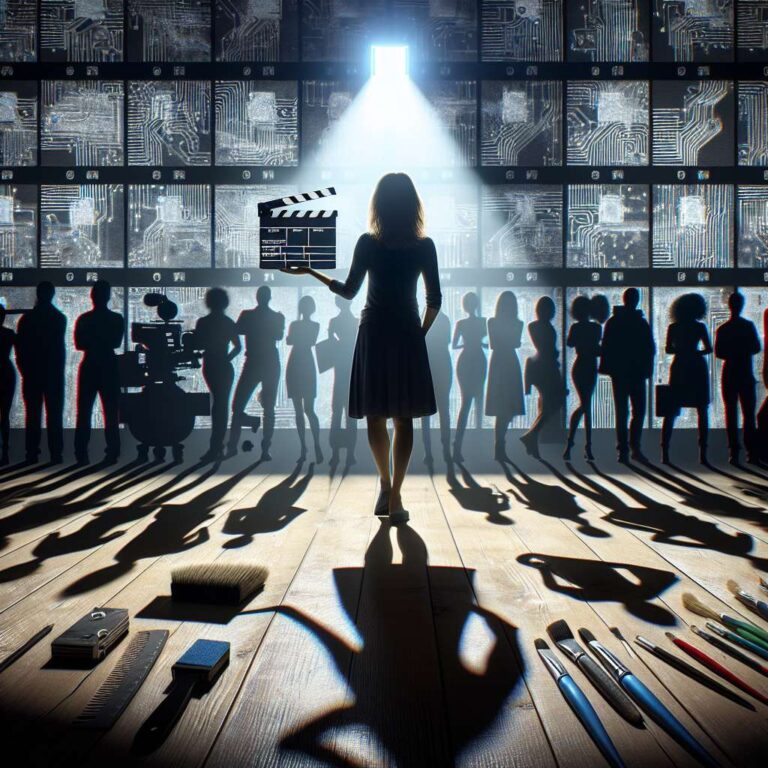Hollywood studios are rapidly incorporating generative artificial intelligence into movie production, using tools to create lifelike images and audio for special effects. This shift follows the recent strike by the industry´s largest union, which raised concerns over artificial intelligence-driven job losses and led to new contracts outlining protections around the technology. Experts like White House advisor David Sacks draw on science fiction for context, comparing the current trajectory of artificial intelligence in entertainment to the helpful, supervised computer in ´Star Trek´ rather than dystopian portrayals like ´The Terminator.´ Despite the optimism, Microsoft president Brad Smith underscores that industries must navigate the disruptiveness of artificial intelligence together, with job changes inevitable.
The Academy of Motion Picture Arts and Sciences debated whether films should disclose artificial intelligence use when seeking Oscar nominations but ultimately adopted a neutral stance, stating that artificial intelligence has no direct bearing on eligibility. Meanwhile, companies such as Respeecher are at the forefront of this transformation, leveraging voice cloning effects to help actors sound fluent in languages and accents they don’t master. In ´The Brutalist,´ artificial intelligence enabled actors Adrien Brody and Felicity Jones to deliver convincing Hungarian performances. Respeecher’s approach involves training its technology with native speakers and mapping these linguistic patterns onto the actors´ voices, a process that enhances authenticity without altering the underlying performance. The company has also improved musical scenes in ´Emilia Perez´ using similar tools, while encouraging filmmakers to disclose artificial intelligence use to reduce audience backlash.
Visual effects see a similar artificial intelligence-driven evolution. Netflix’s Mexican film ´Pedro Páramo´ used artificial intelligence-powered de-aging technology to modify actors’ appearances at a fraction of the cost incurred by traditional techniques as seen in ´The Irishman.´ The streaming giant took an even bolder step with the Argentine series ´El Eternauta,´ where artificial intelligence generated entire cityscapes and apocalyptic scenes from drone and scanning data—completed ten times faster than traditional approaches and used as final shots in a globally distributed title for the first time. Despite these advances, lingering concerns over labor protections remain. Some actors believe current artificial intelligence guardrails are insufficient, particularly for motion capture and video game performers, who have demanded recognition as creative contributors rather than mere data sources.
Artificial intelligence’s expanding role in entertainment production underscores both remarkable creative potential and ongoing legal, ethical, and occupational debates. Industry voices like Gregory Allen at the Wadhwani A.I. center stress that artificial intelligence integration is widespread, rising, and ultimately necessary for the sector. The technology´s growth presents both opportunity and pressure to evolve, leaving creatives and studios to confront the challenge of balancing innovation, transparency, and identity in cinema’s digital future.

